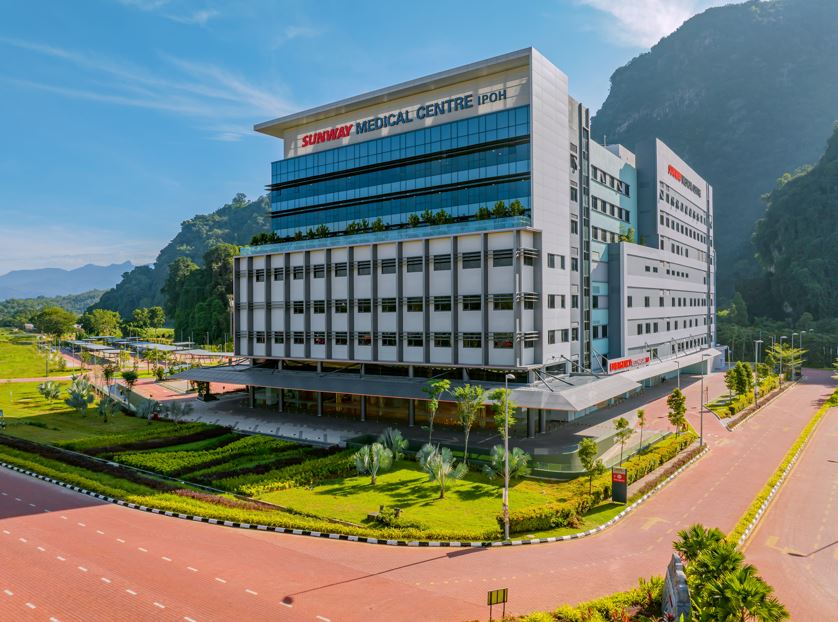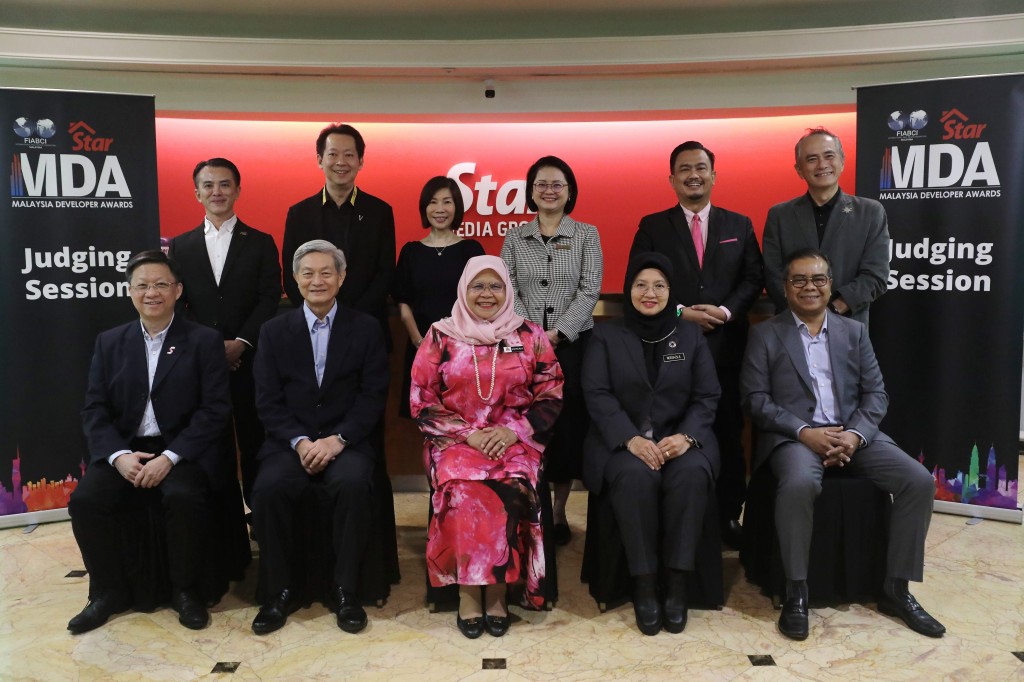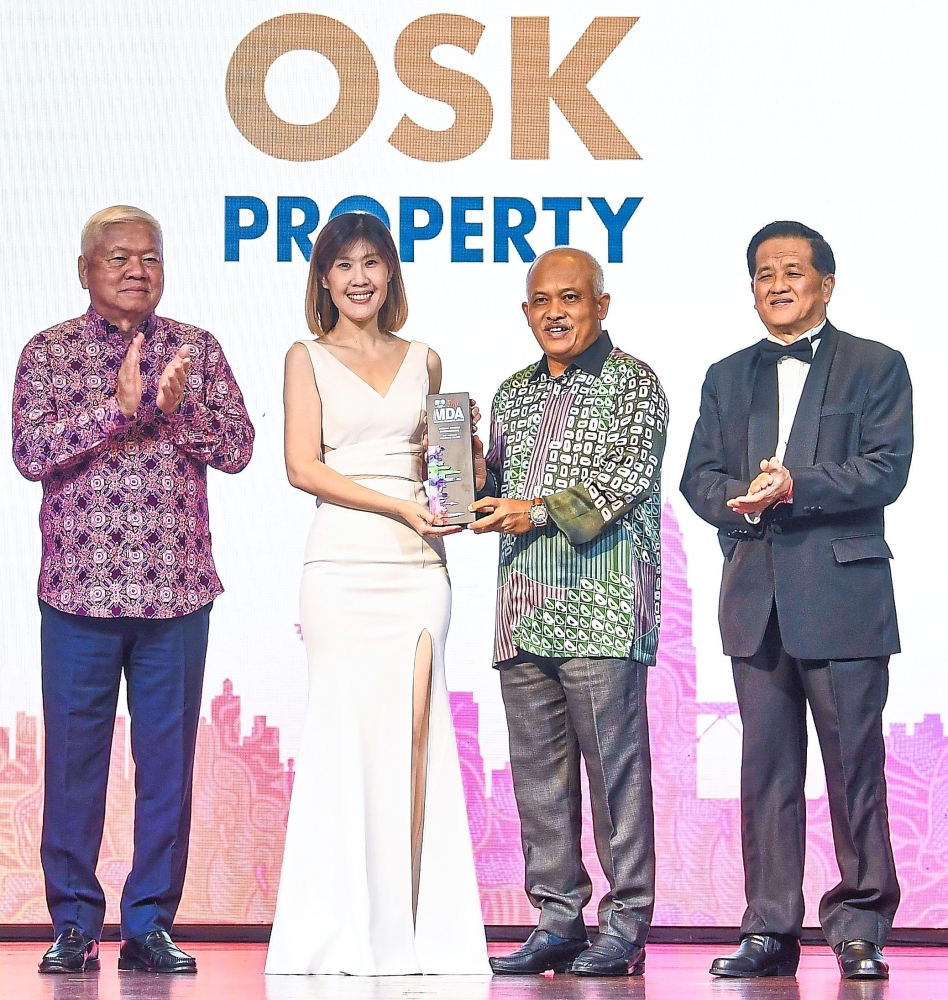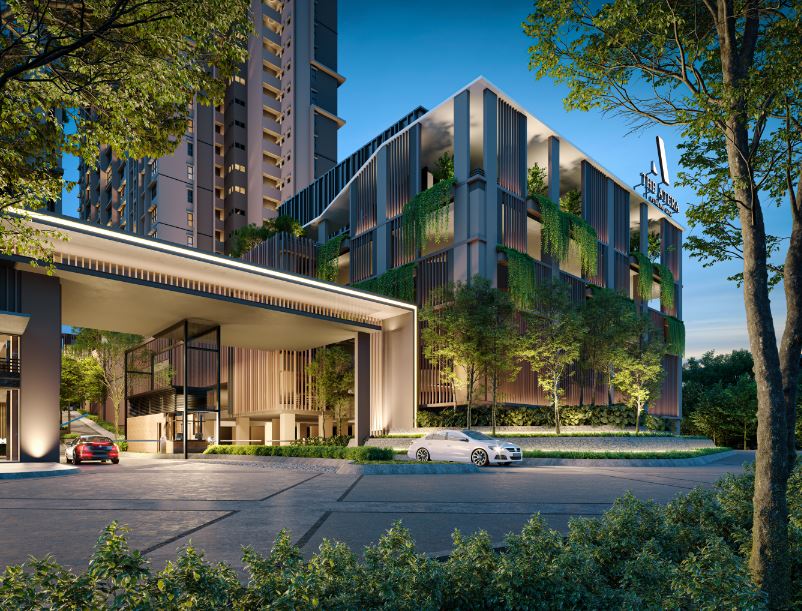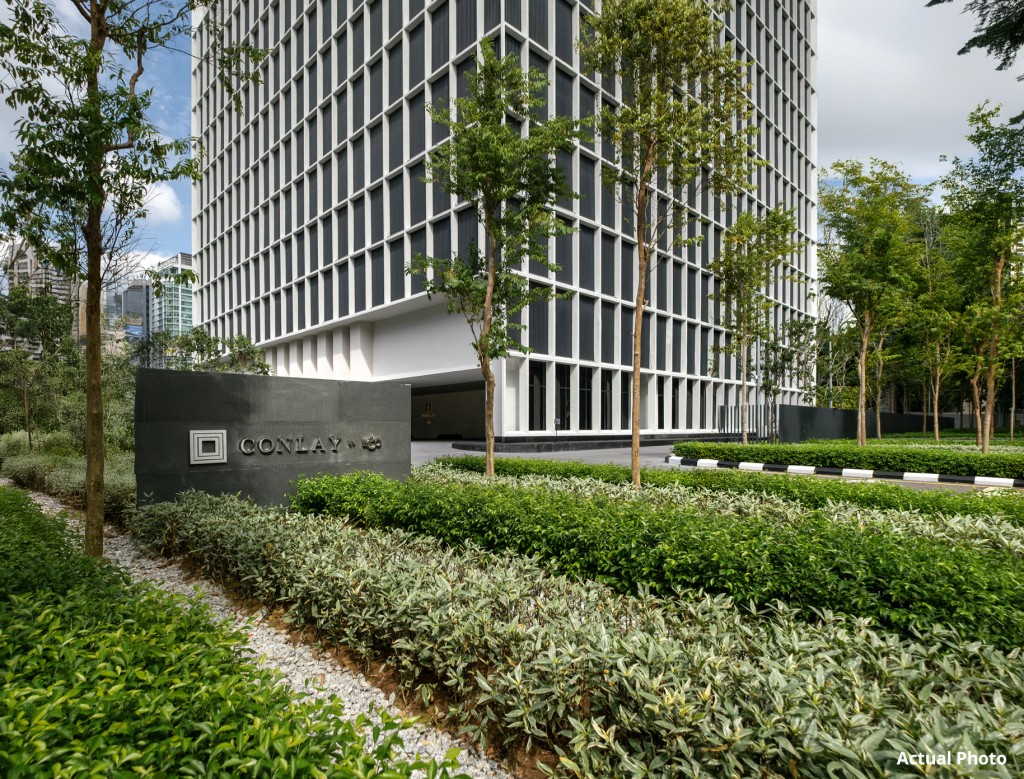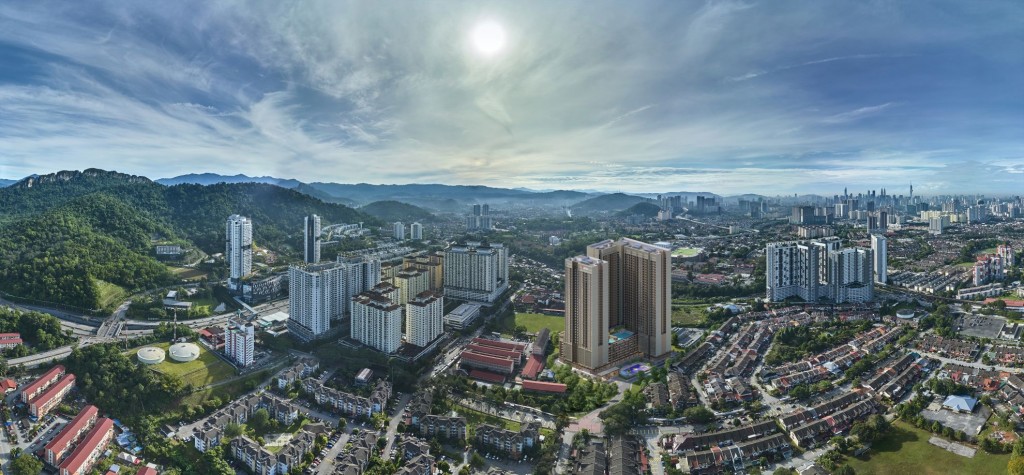Contributed by Lai Chee Hoe
I agree with the Court of Appeal that only a management corporation can rely on Section 60(3)(b) SMA 2013 and not a JMB (joint management body) in implementing different rates of charges.
This is in reference to 'Different rates of charges in a stratified development area and the Rajawali’s case' which can be read at: https://www.starproperty.my/news/115914/different-rates-of-charges-in-a-stratified-development-area-and-the-rajawali-s-case.
However, I notice in that case, the counsel did not make references to the other sections within SMA which allow different rates of charges be implemented, both during the period of a JMB and management corporation.
These are Sections 32 and 70 SMA 2013. They are reproduced below:
Section 32(3) SMA 2013 – “A joint management body may, by a special resolution, make additional by-laws or make amendments to such additional by-laws, not inconsistent with the by-laws prescribed by regulations made under section 150, for regulating the control, management, administration, use and enjoyment of the building or land intended for subdivision into parcels and the common property, including all or any of the following matters:
(a) safety and security measures;
(b) details of any common property of which the use is restricted;
(c) [….] ”
Section 32(3)(b) SMA 2013 (which governs the JMB) is repeated in Section 70(2)(b) SMA 2013 (which governs a management corporation).
Section 70(2) SMA 2013 – “A management corporation may, by special resolution, make additional by-laws or make amendments to such additional by-laws, not inconsistent with the by-laws prescribed by the regulations made under section 150, for regulating the control, management, administration, use and enjoyment of the subdivided building or land and the common property, including all or any of the following matters:
(a) safety and security measures;
(b) details of any common property of which the use is restricted.”
Both sections (32 and 70) when read together with Paragraph 4, Third Schedule, Strata Management (Maintenance and Management) Regulations 2015 (“SMR”) will further corroborate that different rates of charges are allowed in the context of exclusivity. Paragraph 4 is reproduced below:
“4. Common Property for Common Benefit
The management corporation shall control, manage and administer the common property for the benefit of all the proprietors provided that the management corporation may, by written agreement with a particular proprietor, grant him for a defined period of time, the exclusive use and enjoyment of part of the common property or special privileges in respect of the common property or part of it subject to appropriate terms and conditions to be stipulated by the management corporation.”
Although Paragraph 4 uses “management corporation”, it equally applies to a “joint management body” since it is expressly sets out in Paragraph 1(2) of the Third Schedule which reads:
“(2) These by-laws shall apply to any development area:, under Chapter 3 of Part IV of the Act.
(b) during the management by the joint management body”
General rule
That essentially means that as a general rule, whilst the common property is to be administered for the benefit of all proprietors, there is an exception created allowing a JMB or management corporation to grant a particular proprietor or proprietors exclusive use an enjoyment of part of the common property.
By granting the proprietor or proprietors of the component exclusivity, the proprietor or proprietors ought to pay for expenditures incurred for managing and maintaining the common facilities.
This is not uncommon among mixed development area especially when it comprises residential towers and a mall. The parcel owners / proprietors of the residential tower would want exclusivity to its common facilities, which usually include swimming pool, gymnasium, sauna, meeting room and so on.
In wanting exclusivity, all expenditures incurred as a direct result of managing and maintaining these common facilities ought to be paid out by the parcel owners / proprietors of the residential component.
By reading Section 32 SMA 2013 it can be safely construed that a JMB with the objective of bringing benefits to all the parcel owners is empowered to identify and distinguish the exclusive use of part or parts of the common property.
When an exclusive use of a designated part of common property is given to a certain component, then the parcel owners of such component should bear the cost of maintaining that exclusive designated part of common property (“exclusive common property”). For ease of reference, the net balance of the common property that is used and enjoyed by all the parcel owners in the development will be referred to as the “shared common property”.
The cost of maintenance of such exclusive common property is exclusively borne by the parcel owners of each component block whereas the cost of maintenance of the shared common property shall be apportioned to all parcel owners of the development.
This will indirectly have a net effect of each parcel owner (of different components) paying a different rate of collective charges that is made up of:
- a uniform rate for the shared common property that is enjoyed by all parcel owners of the development where the cost of maintenance of the shared common property is apportioned on the aggregate share units of the development; and
- a specific rate for the exclusive common property restricted to the component where the cost of maintenance of the exclusive common property is apportioned on the total share units of the component.
Check and balance
To avoid abuse of applying different rates by big parcel owners, individual parcel owner / proprietor is entitled to provide a check and balance on the JMB or management corporation. This is to ensure that the expenditure drawn up reflect the actual or expected general or regular expenditure necessary for each of the component and such expenditures were apportioned fairly. This exercise must be done at an AGM or EGM and an ordinary resolution is required for the determination of the rates of charges coupled with a special resolution for granting exclusivity.
This is not a foreign concept especially one can easily refer to many provisions in the current statutory regime which provides that the maintenance account and sinking fund account is used for the purpose of meeting the actual or expected general or regular expenditure necessary in maintaining the common property. (see: Sections 10,11, 23, 24, 50, 51 SMA 2013)
Will this then render Section 60(3)(b) SMA 2013 redundant?
No. The immediate distinction between Sections 32 / 70 and Section 60(3)(b) can be seen below:
| Section 32 / 70 SMA 2013 and Paragraph 4 SMR 2015 | Section 60(3)(b) SMA 2013 | |
| Type of resolution | Special Resolution | Ordinary Resolution |
| Exclusivity of common property | Exclusivity of common property must be designated | Not necessary, but may also apply |
| Type of use | Not necessary, can be within same type of parcel | Must have significant different use of parcel / provisional block |
| Main test | Exclusivity | Use of parcel / provisional block |
What are the benefits of Section 32 and 70 SMA 2013?
It can apply to towers of the same use, that is, two residential towers where each residential tower has its own set of common facilities or two office towers of which each office tower has its own set of common facilities.
A good example which I can refer to is a project named Icon City, which is a complex mixed-use strata development with 10 components. (I must at this juncture disclose that I have also prior to this prepared an opinion for the Joint Management Body for Icon City for purposes of introducing different rates of charges.) The components having exclusivity of facilities each are the two residential towers (of same use) and the two office towers (of same use). Based on modern lifestyle living concepts, each tower is designed and built with its own set of facilities and exclusivity was given only to the parcel owners of that tower.
Each residential tower has its own swimming pool, gymnasium, sauna, steam room, sky garden with BBQ pit, game room, four high-rise lifts and/or jacuzzi, aerobic room, function room, yoga room and reading room. And each office tower has its own gymnasium, sky garden with BBQ pit, sauna, jacuzzi, five high-rise lifts and/or swimming pool.
Not all share units were assigned by Weightage factor
One of the main findings the Court of Appeal made was that since share units were assigned by weightage factor, the assignment of share units were assumed to be equitable (by virtue of Section 10 STA 1985) and all parcel owners ought to pay a single rate based on the share units assigned. That is not entirely wrong especially when it deals with a single tower of same use.
However, I must immediately point out that:
- Not all share units were assigned by weightage factor;
- Not all share units were assigned pursuant to Section 8. (Section 8(1) SMA 2013 is only confined to a situation where sale took place before commencement of SMA 2013 and no share units have been assigned by the developer, then the JMB (or any other person or body who has a duty to maintain and manage building) can assign share units); and
- Rate of charges should relate to the actual or expected general or regular expenditure.
Different formula
In the usual scheme of things, assignment of the allocated share units were done by the developer’s licensed land surveyors (and not assigned pursuant to Section 8(1) SMA 2013). The developer in assigning of allocated share units is governed by the Strata Titles Rules of each state, for instance:
- Strata Titles (Federal Territory of Kuala Lumpur) Rules 2015 (came into operation on 18.6.2015);
- Strata Titles (Selangor) Rules 2015 (came into operation on 1.1.2016)
- Strata Titles (Federal Territory of Kuala Lumpur) Rules 2019 (will come into operation on 1.1.2020);
The weightage factor provided for in First Schedule of SMA 2013 and the Strata Titles Rules of KL and Selangor are very similar except that Strata Titles Rules of KL and Selangor provides that:
- Land parcel is given a flat weightage of 0.80;
- Whole floor parcel in Schedule B is given an additional paragraph set out below:
- floor area of 1,000 to 3,000 square metres is given a weightage of 0.85; and
- floor parcel of 3,000 square metres and above is given a weightage of 0.80.
______________________________________________________________________________
About the Contributor
Lai Chee Hoe, founding partner of Chee Hoe & Associates and a practising lawyer, is a CLP book-prize winner and author of the book "Strata Management Practice & Procedure". He specialises in Strata management matters and handles complicated Strata Management disputes.
______________________________________________________________________________
Disclaimer
This article is intended to convey general information only. It does not constitute advice for your specific needs. This article cannot disclose all of the risks and other factors necessary to evaluate a particular situation.
Any interested party should study each situation carefully. You should seek and obtain independent professional advice for your specific needs and situation.












